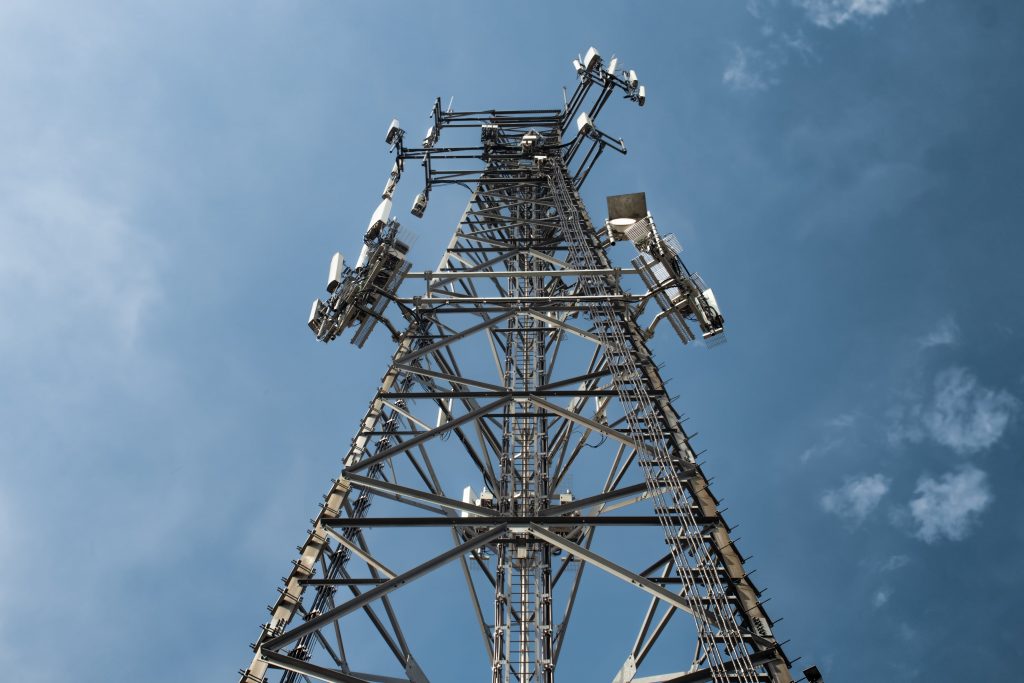
WiFi Extender vs WiFi Repeater
In the ever-expanding world of wireless connectivity, a common challenge many face is ensuring a strong and reliable WiFi signal throughout their living or working spaces.
In the ever-expanding world of wireless connectivity, a common challenge many face is ensuring a strong and reliable WiFi signal throughout their living or working spaces.
To address this issue, two popular solutions often come into play: WiFi extenders and WiFi repeaters. While these terms are sometimes used interchangeably, they serve distinct purposes in boosting and extending your WiFi network. Let’s unravel the differences between these two devices to help you make an informed decision on which one suits your needs.
WiFi Extender:
A WiFi extender, also known as a range extender, is designed to amplify the existing WiFi signal from your router and extend its reach to cover areas with weak or no signal. Think of it as a bridge that connects your router to devices in remote corners of your home. The setup process for most extenders involves connecting the device to your existing WiFi network and finding an optimal location to place it. One key advantage of WiFi extenders is their simplicity. They are typically easy to set up and require minimal configuration. If you have dead zones in your home where the WiFi signal is weak, a WiFi extender can be a quick and effective solution to enhance coverage.
However, it’s essential to note that WiFi extenders might experience a decrease in speed as they share the bandwidth between the router and connected devices. This is especially true if the extender is placed too far from the router or in an area with a weak original signal.
Flipside
WiFi Repeater:
On the other hand, a WiFi repeater operates by receiving the existing WiFi signal, amplifying it, and then rebroadcasting it to extend the coverage area. Repeating the signal allows the device to reach farther distances, making it suitable for scenarios where the WiFi signal needs to traverse through walls or obstacles.
The setup process for WiFi repeaters is similar to WiFi extenders, involving connection to the existing network. However, repeaters tend to be more effective in large, open spaces where the signal must cover a significant distance without encountering interference. One advantage of WiFi repeaters is their ability to maintain a more consistent speed across the extended network. Since repeaters receive and amplify the signal before transmitting it, there is less signal degradation compared to some WiFi extenders.
Choosing the Right Solution:
Deciding between a WiFi extender and a WiFi repeater depends on your specific needs and the layout of your space. If you are dealing with dead zones in your home or office and want a straightforward solution, a WiFi extender may be the answer. On the other hand, if you need to cover a large area with obstacles like walls, a WiFi repeater might be more suitable.
It’s crucial to consider factors such as the size and layout of your space, the distance from your router to the desired coverage area, and the level of interference present. Conducting a thorough assessment of these elements will guide you in making an informed decision that best addresses your WiFi coverage challenges. In conclusion, both WiFi extenders and WiFi repeaters play valuable roles in enhancing and extending WiFi coverage. Understanding their differences allows you to choose the right device for your specific scenario, ensuring a seamless and reliable wireless experience throughout your space.
